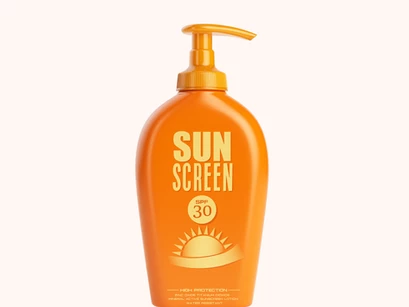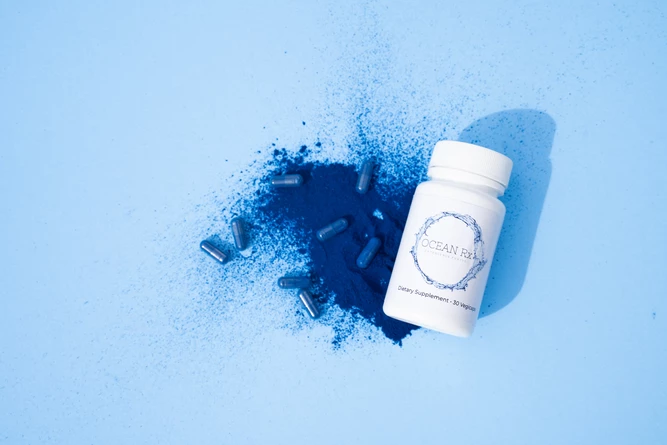Updated: Sep 18, 2020
By Jessica Mangiaracina, PA-C and Renata Block, MMS, PA-C
What exactly is Excessive Sweating?
Let’s talk about sweating excessively, aka Hyperhidrosis. Excessive sweating affects about 4.8% of the US population. Though it doesn’t seem like much, it can have a significant impact on the quality of life, which can worsen over the hot summer months. It impairs daily function, and social interactions as depression and anxiety are common manifestations of the condition.
What causes Hyperhidrosis?
Excessive sweating, as you can imagine, is a result of overactivity of the eccrine sweat glands. Overall, three types of sweat glands exist and are known as eccrine, apocrine, and apoeccrine. It is the eccrine sweat glands that are the most abundant within the skin and the main culprit of excessive sweating. However, ultimately, sweating beyond what is “normal” is a result of autonomic nervous system dysfunction, which can be caused by several factors. Furthermore, there are two known categories of excessive sweating.
Sweating Excessive Categories are known as Primary and Secondary.
Primary is the most common. 93% of patients will have primary Hyperhidrosis. > 90% will have focal and bilateral distribution: affecting most commonly the underarms, palms, soles, and craniofacial areas (i.e., head and face). Up to 35-56% of patients have a family history.
Secondary commonly begins after 25 years of age. It is presented in a generalized, unilateral, asymmetric distribution and caused by an underlying disease or medication. It often involves nocturnal sweating (aka night sweats). It is always imperative to exclude all secondary causes before a diagnosis of primary is made.
The onset age of primary Hyperhidrosis – which is the one we mostly see as Dermatology providers – is between 14-25 years of age, although it can present at any age. Before puberty, it commonly affects areas such as the feet and hands. After puberty, it usually associates with underarms.
Secondary Hyperhidrosis can occur when the patient is awake or asleep. Some underlying causes can be excessive heat, fever, pregnancy, menopause, malignancy, infections, endocrine or metabolic disorders, and medications. A handful of drugs can cause secondary generalized Hyperhidrosis. Antidepressants, antibiotics (ciprofloxacin), antivirals, NSAIDs, alcohol, cocaine, as well as others, so make sure you are aware of all the side effects with all the medication you are taking. Bloodwork is needed if secondary is suspected.
When visiting your Board-Certified Dermatologist, make sure you can answer these general questions to help differentiate primary vs. excessive secondary sweating:
- Pattern of sweating
- Age of onset
- Initiating causes
- Duration, frequency
- Distribution of sweating
- Night sweats?
- Family history?
- Related symptoms? Weight loss, fever, swollen lymph nodes.
What are the treatment options?
You may have tried various over-the-counter (OTC) remedies for your excessive sweating, so make sure when you visit your Dermatology office, have the list with you. Other options can be explored and are available via prescription. The following is the general approach of primary hyperhidrosis RX treatment options:
- Drysol – This is a prescription-strength deodorant that is 20% aluminum chloride. I have patients apply it every night at bedtime, then once the sweating is starting to improve, use 1-2 times a week at bedtime.
- Qbrexza – This is a prescription wipe that you apply the same way as Drysol. It is an anticholinergic drug that reduces sweating.
- Robinul – This is a prescription pill taken daily to reduce sweating. Like most oral medications, there are possible side effects but generally works well.
- Iontophoresis – A treatment around since the 1940s. It is a medical device that passes a mild electrical current through water (usually using shallow pans for hands or feet or specific pads for other body areas) and through the skin’s surface. There are no significant or severe side effects, and the benefits are long-term, provided you keep up with the maintenance schedule your doctor recommends (usually once per week).
- Miradry – The only permanent solution to Hyperhidrosis on the market. It is a non-invasive microwave technology that eliminates the sweat glands. Some patients may only need one treatment but, for optimal results, two procedures spaced three months apart is best. (occasionally, a third treatment may be required.)
Though it is not uncommon for the hot summer months to make you sweat profusely, it is always best to be aware if your excessive sweating being caused beyond the summer heat!
Diva Tip: For more information: visit the International Hyperhidrosis Society.
Jessica Mangiaracina is a full-time Dermatology Physician Assistant practicing in Ridgefield, CT. Make sure you follow this DIVA on IG @thedermpa_c and visit her fabulous Website.
Renata Block is the creator of Savvy Derm Diva and is a Dermatology Physician Assistant practicing at Advanced Dermatology & Aesthetic Medicine, LLC in Chicago. Follow her on IG, Twitter, and FB @savvydermdiva



